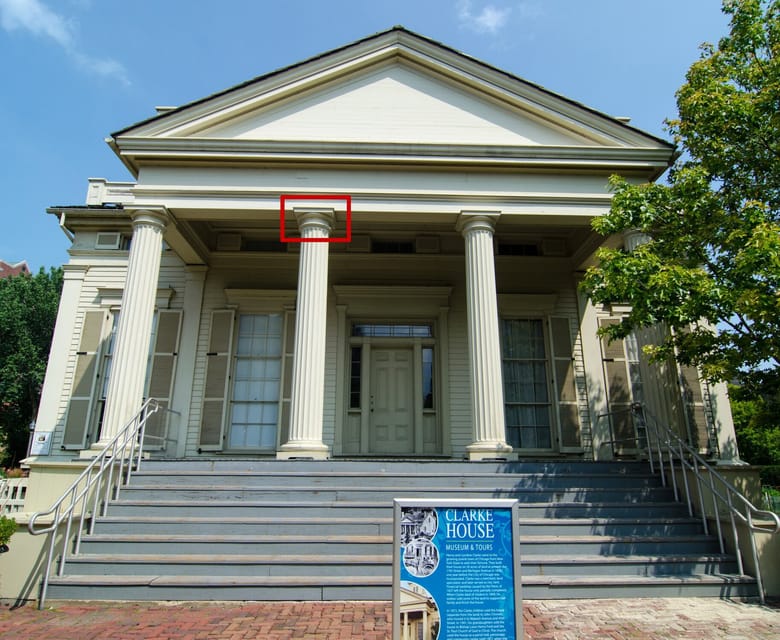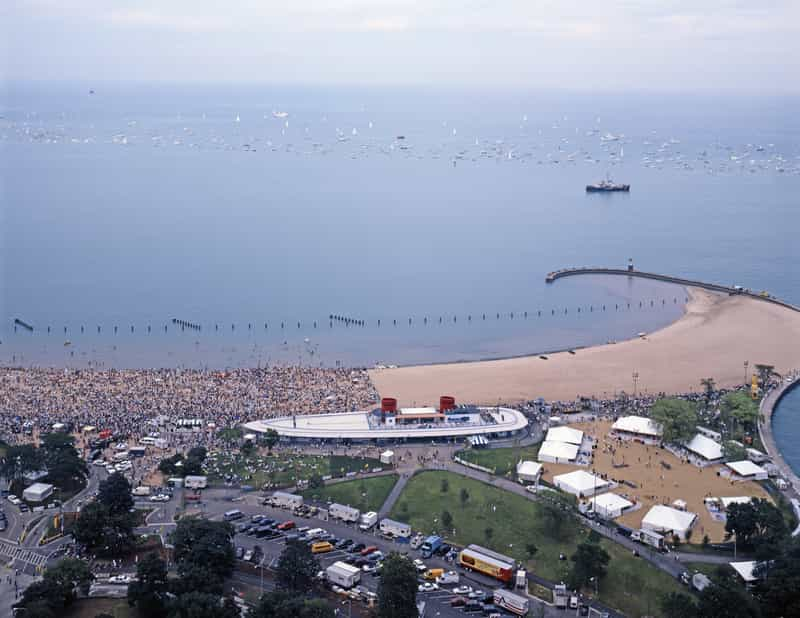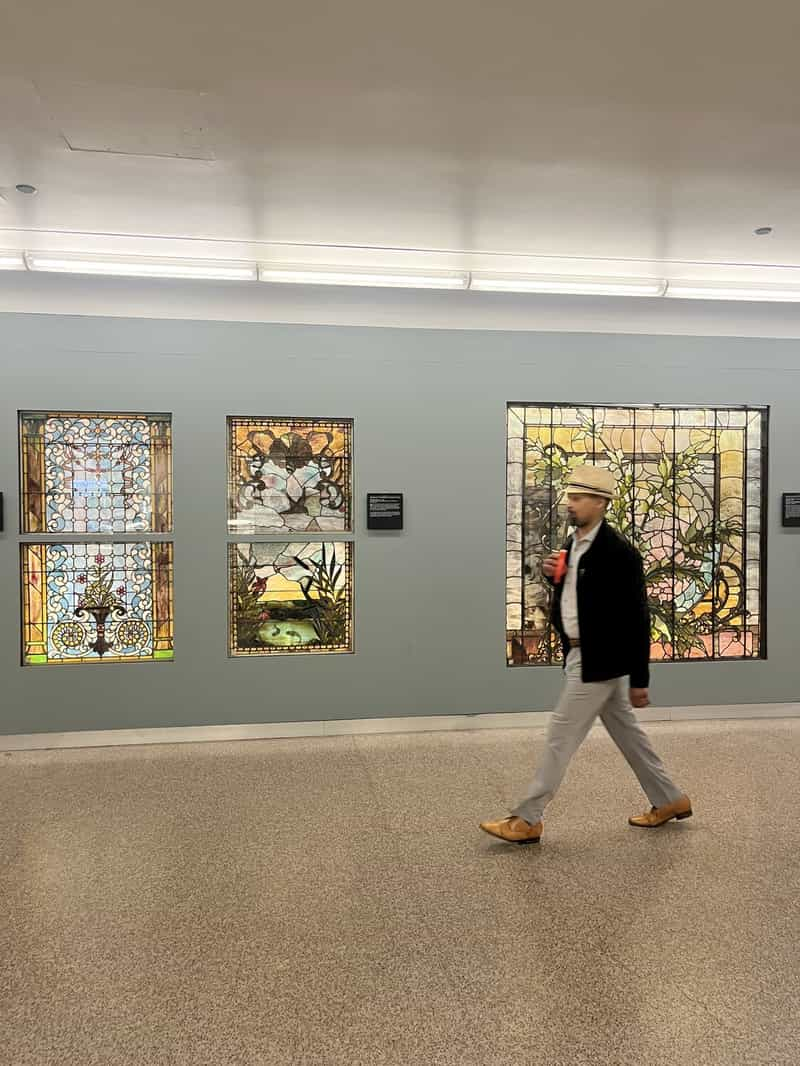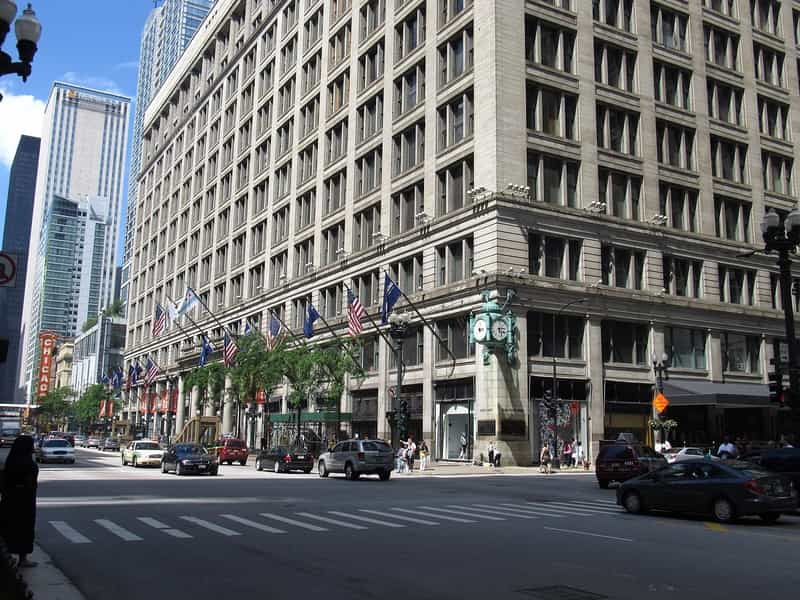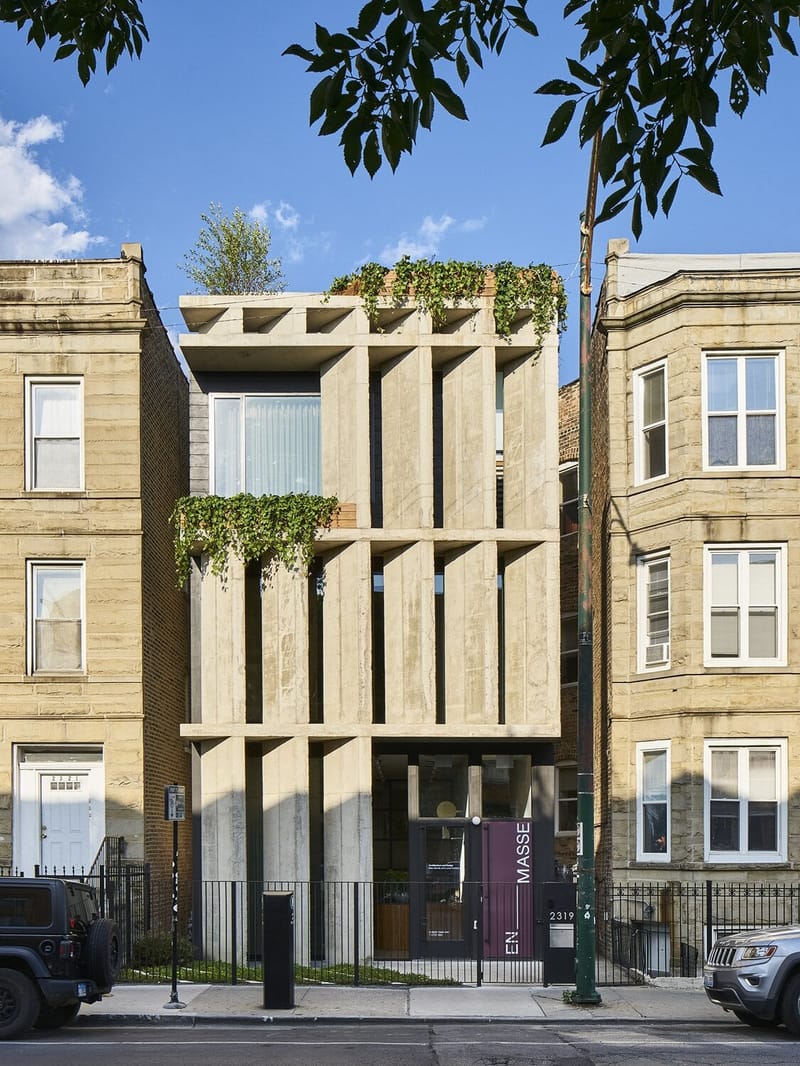Capital
Clarke House Capital
In architecture, the term "capital" has two primary meanings. The first refers to the topmost element of a column, serving as a transitional piece between the column and the structure it supports. The second definition refers to the uppermost section of a building that follows a tripartite design—where the building is divided into three distinct sections: the base, shaft (or body), and capital (or crown).
A column capital is often designed with intricate details and are a key element in classical architecture, particularly in the three classical orders: Doric, Ionic, and Corinthian.
- Doric Capital: Characterized by its simplicity, the Doric capital is usually plain, featuring a circular cushion-like form known as an echinus beneath a square slab called the abacus.
- Ionic Capital: Known for its elegance, the Ionic capital features volutes, or spiral scrolls, on either side, creating a more decorative appearance.
- Corinthian Capital: The most ornate of the three, the Corinthian capital is adorned with acanthus leaves and other intricate details, often used to convey grandeur and sophistication.
Building Capitals (Tripartite Design): In a broader architectural context, a "capital" can also refer to the top section of a building that adheres to a tripartite design. In this layout, the building is visually divided into three parts: the base, the shaft, and the capital. The capital, or crown, is the uppermost portion and often features distinctive architectural elements that cap the building’s overall design.
The word "capital" in its columnar context comes from the Latin "caput," meaning "head," indicating its position at the top of a column. In the context of a building's tripartite design, the term "capital" also derives from the idea of "capping" or "crowning" the structure, marking the culmination of the building’s vertical rise.

